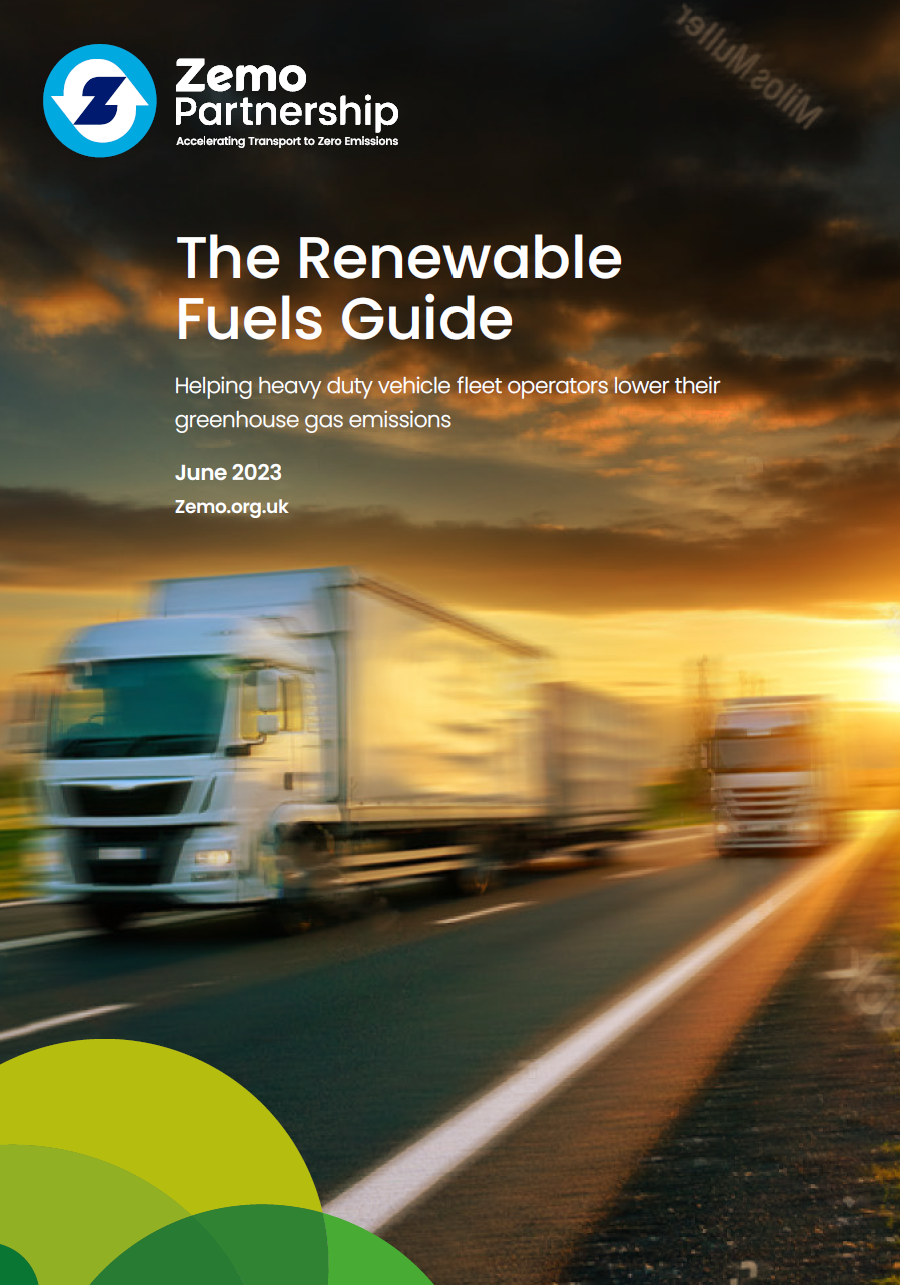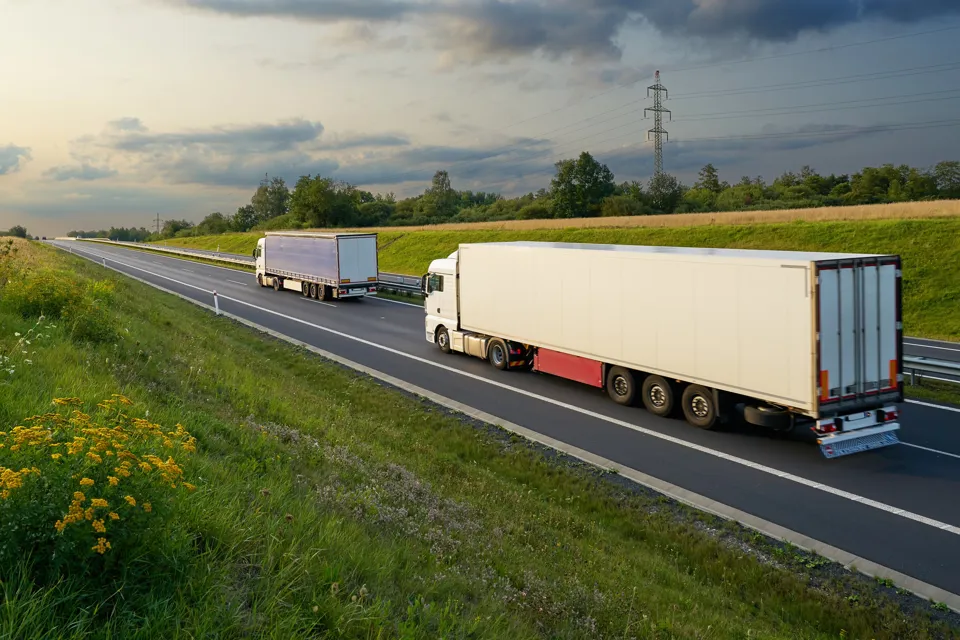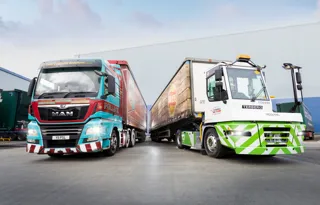Operators of harder-to-electrify heavy duty vehicles are being urged to consider renewable fuels to cut their greenhouse gas (GHG) emissions.
While new, non-zero emission new HGVs will be barred from sale from 2040 (and 2035 for sub-26 tonne HGVs), the full market transition of all heavy-duty vehicles (HGVs as well as buses & coaches) will take a lot longer than 15 years.
Today, low carbon renewable fuels are contributing a third of all carbon savings from road transport.
Over the next decade, using lower carbon fuels in the heavy-duty vehicle fleet is the biggest opportunity to make a step change reduction in GHG emissions, says the Zemo Partnership.
Greenhouse gas (GHG) emissions from HGVs could be cut by an extra 46 million tonnes over the next seven years (2030) – equivalent to 4% of all road transport GHG emissions - if an average of 30% renewable fuel (such as high blend biodiesel, renewable diesel or biomethane) were adopted across the existing HGV fleet, its research has shown.
Considerable emissions savings can be achieved up to – and will be needed well beyond - 2040 if the residual diesel HGV fleet were to introduce renewable fuels on a wide scale.
With disclosure of GHG emissions becoming a mandatory requirement for businesses in the UK and internationally – and many organisations incorporating sustainability performance standards into their tendering processes - adopting renewable fuels can provide a highly practical solution, particularly for operators of vehicles with long duty cycles and those with heavy payloads, which are difficult (and, currently, very costly) to electrify.

Report author and Zemo’s fuels lead and Head of Sustainability, Gloria Esposito, said: “We’re delighted to publish this new Guide to help heavy duty vehicle operators who are facing many other challenges, find a way through the maze of guidance and regulations around cutting carbon emissions.
“The Guide has been compiled with the support of Zemo members – manufacturers, fuel suppliers and fleet operators – who have shared their invaluable knowledge and experience.”
Tanya Neech, head of sustainability for Scania UK, explained that there’s “no silver bullet” solution to reducing the GHG emissions from the sector, which is why it must explore and investigate all technologies.
“Efforts will need focus on three pillars: energy efficiency, renewable fuels and electrification,” she said.
“All three are important, and only by combining them, can we provide sustainable solutions, and be able to reduce GHG emissions on par with the Paris Accord.
“Electrification on its own won’t be enough to reach the GHG reduction targets. To keep the necessary pace of halving the real well-to-wheel carbon footprint from heavy duty transport every decade, sustainable biofuels will be vital.”
Zemo’s new Renewable Fuels Guide is intended to help HGV operators on their journey to net zero and to explain the low carbon fuel options available today.
Fuels covered include biodiesel, renewable diesel, biomethane and bio-propane. Each section provides an overview of the UK’s renewable fuels market, the current deployment of renewable fuels in the HGV fleet (with case studies), plus the fuels’ GHG emission performance and primary sustainable feedstocks.
It also includes operational information including public and depot-based refuelling infrastructure, as well as financial information.
The Guide also lists heavy duty manufacturers engine models that are approved to run on high blend biodiesel (e.g. B20, B30) and renewable diesel (e.g. HVO).























Login to comment
Comments
No comments have been made yet.